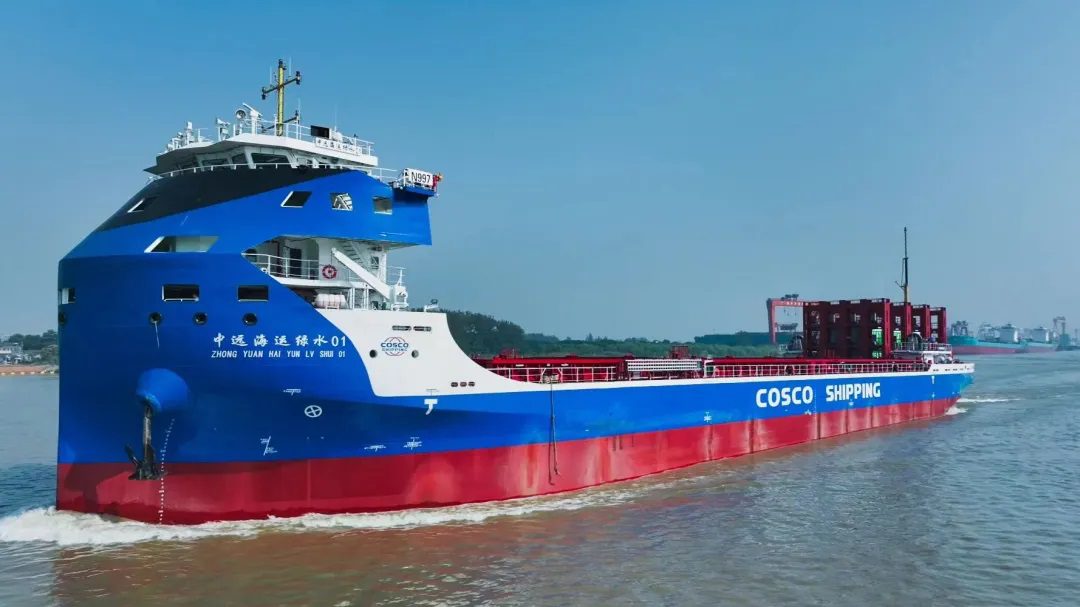cross-posted from: https://lemmy.ml/post/15092828
China launches world’s largest electric container ship with 50 MWh battery
Clean shipping could be a big difference in the fight against climate change. Normal container ships use the dirtiest fuel available and contribute to 3% of all greenhouse gas emissions.
50MWh? That seems small, and I note that there’s no mention of how far the ship can travel.
I mean, when a truck transporting 1 container is likely to have a 250kWh battery, surely a ship taking 1,000 (?) containers a whole lot further needs a GWh of storage at least.
And comparing to these Norwegian ferries - it’s only 12x larger battery than a ship transporting 200 cars 20km on calm waters.
Edit: it’s a 300km trip up river. That explains the size of the battery. Small distance and not on the open sea.
Different mechanisms to move mass have different energy requirements. Shocking I know. Cars or land based transportation in general suffers from having a lot of mass since they tend to have higher rolling resistance. But once the mass is rolling, the propelling method can be turned off and that inertia is maintained. Remember, unless an external force is applied, an object that moves will maintain its velocity. It is also why trains are more efficient since they have very little rolling resistance.
Now, I am not very familiar with ships but I think it has something to do with the overall geometry of the ship itself that will define the energy needed to operate rather than mass. Just like airplanes, ships are moving in fluids so their geometry has a lot of effect on their engine efficiency rather than mass carried.
The batteries are modular in standard shipping containers so they can simply add more batteries for longer routes.
Much of the power to move a vehicle is in the startup and shutdown (acceleration from standstill then slowing down). Once trucks get going they don’t need as much power, but that startup takes a TON of energy. Ships on the other hand can get moving a lot easier, even if it takes more energy to keep them moving. They don’t have to do 0 to 60mph in 10 seconds to keep up with traffic. They can go 0 to 20mph in 20 minutes if they want. They also don’t have to slow down for stop signs and then speed up again. The drag helps them slow down, too. Finally, ships go a lot slower, so there is lower wind resistance to deal with (vehicles going 55mph spend something like 50% of their power to overcome air drag).
Idk how feasible it is but generally the resistances forces ships have to deal with is nearly (but not totally) nonexistent. There’s a reason ships can get by via sailing; there’s just not much pulling you back at sea.
Have you ever been at sea?
Winds, currents, swells. All have no effect.
China is soo done with disgusting oil and gas.
Wow. Not even close to the truth.
Unfortunately, China is building new fossil fuels infrastructure today at a great pace. It’s also building renewable infrastructure, but it’s far from “done” with fossil fuels.


